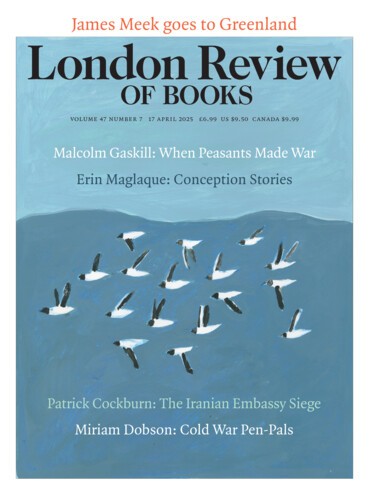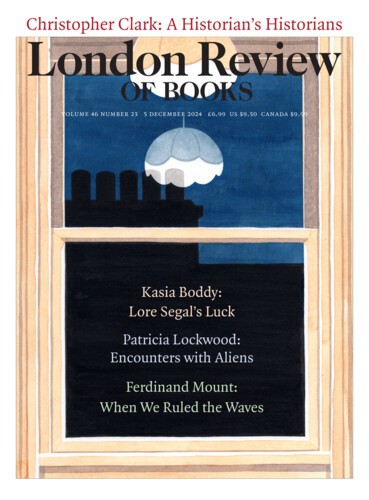Diary: Rome, Closed City
Inigo Thomas, 17 April 2025
Pina was shot dead on a street in Rome in the spring of 1944 on what would have been her wedding day. She was pregnant. Her fiancé, Francesco, arrested moments earlier after a German raid on apartment buildings east of the central railway station, was ordered into the back of a truck. Men were frequently rounded up during the German occupation of Rome, to be requisitioned as labour...



